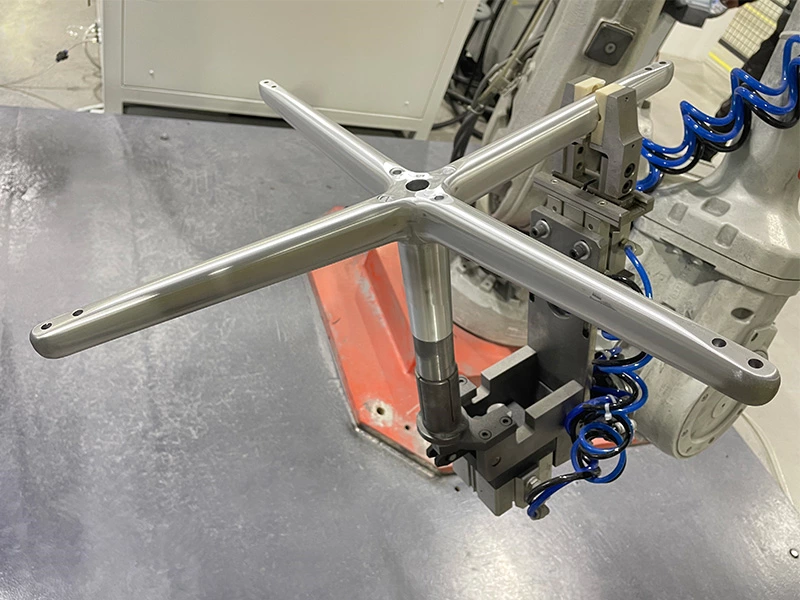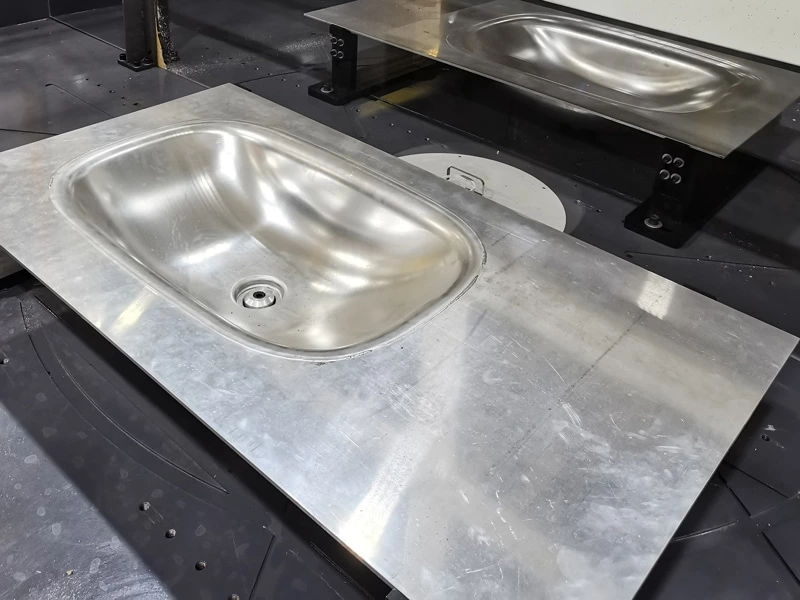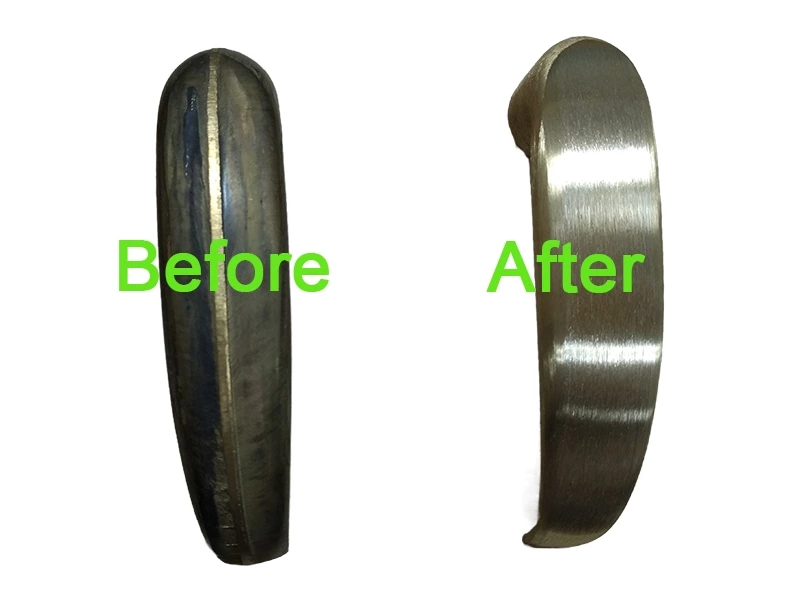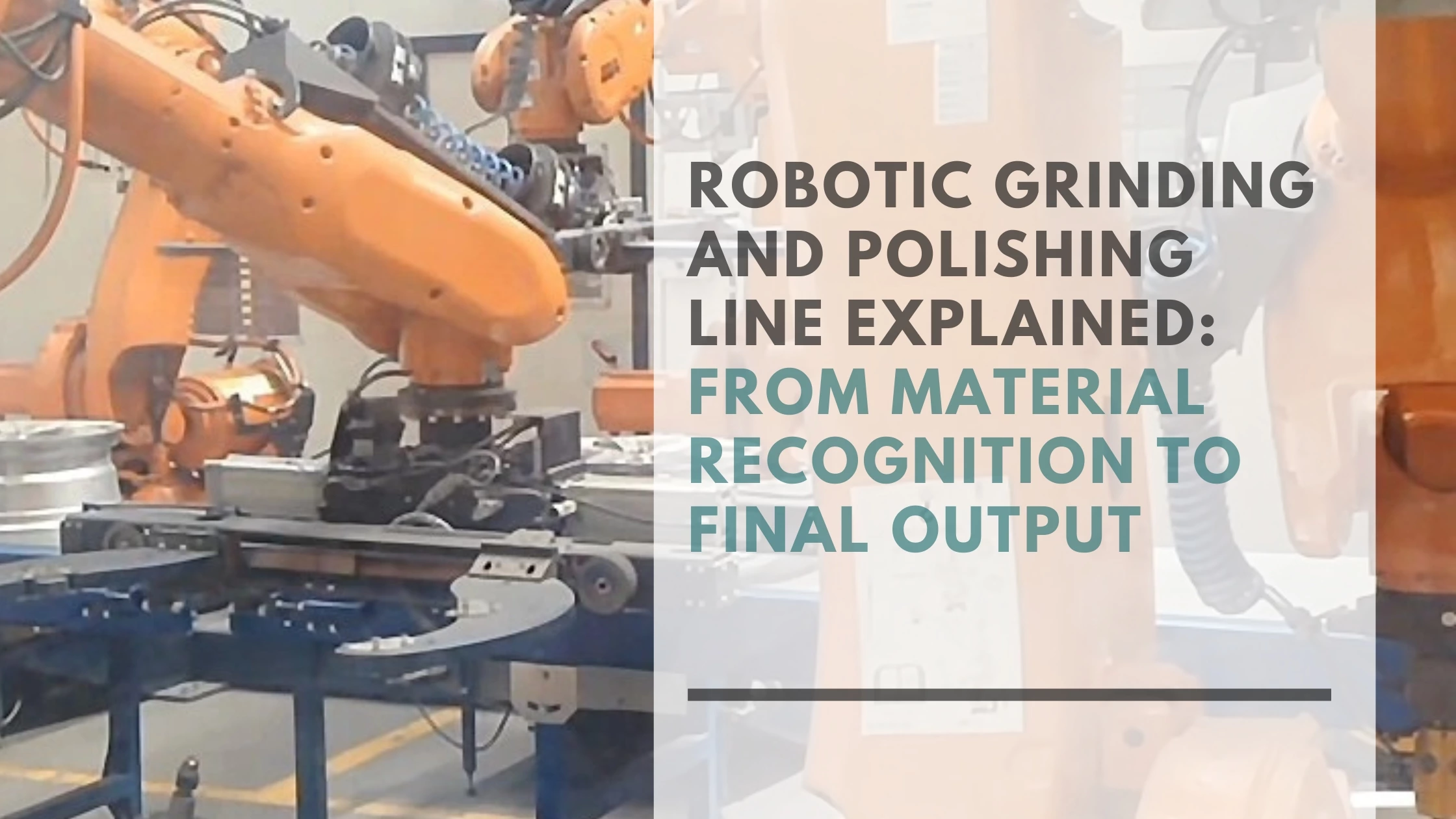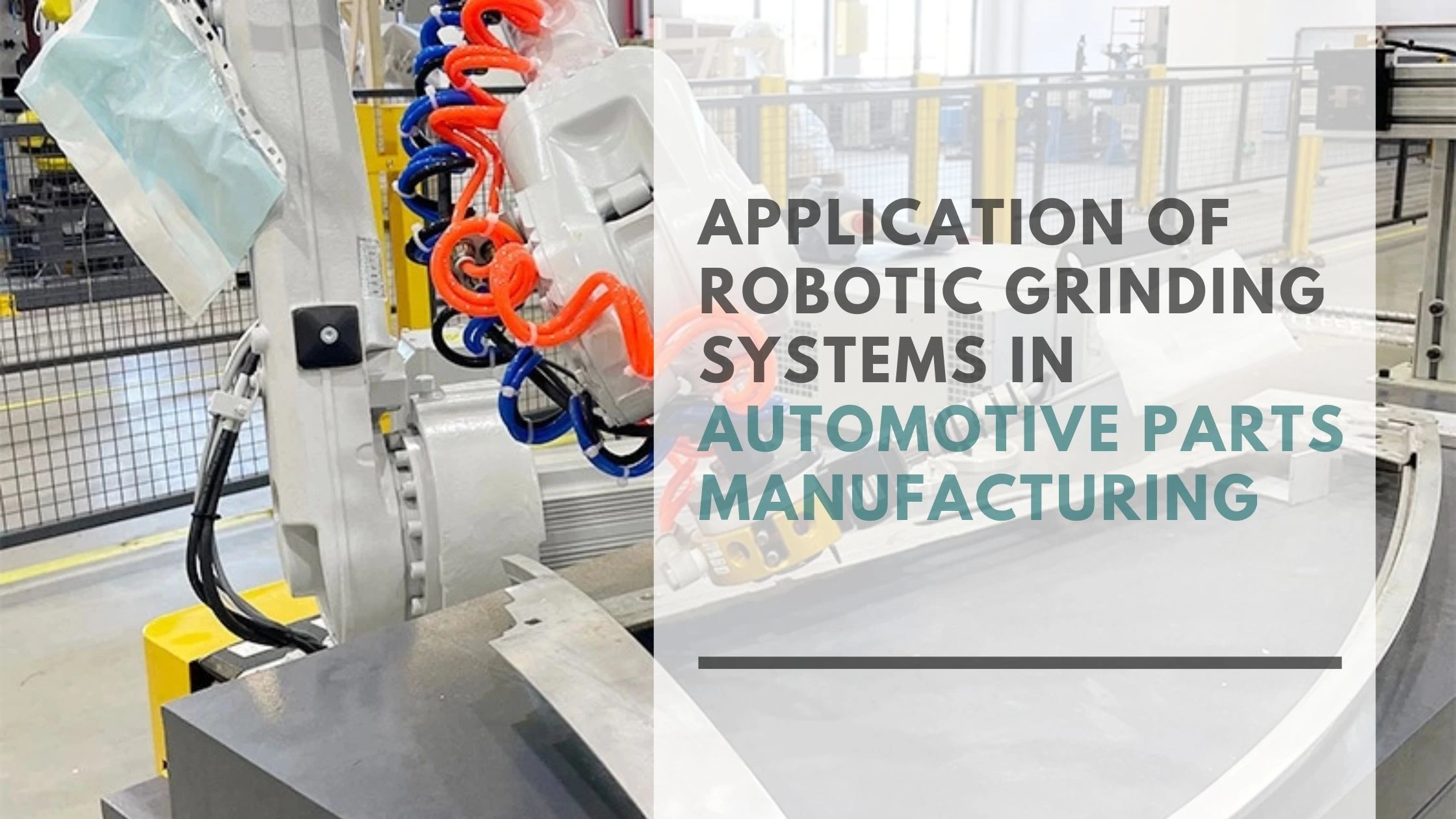What Is an End-of-Arm Tool (EOAT)? Role in Robotic Grinding and Polishing
In the world of industrial robotics, the robot arm grabs attention. But it’s the tool at the very end—the End-of-Arm Tool (EOAT)—that actually gets the job done. Especially in grinding, polishing, and deburring tasks, the EOAT is where the action happens.
This article provides a deep dive into what an EOAT is, how it works, and how KS ROBOT leverages advanced EOAT systems to deliver precision, consistency, and productivity across industries like automotive, sanitary ware, and aerospace.
What Is an EOAT?
An EOAT is the component attached to the wrist of a robot arm. It interacts with the workpiece directly, performing operations such as grinding, polishing, cutting, deburring, or part handling. In simple terms: the EOAT is the robot's “hand”.
It can include sanding heads, spindles, polishing wheels, force sensors, spray nozzles, grippers, or any combination of those. Each tool is application-specific and customized to deliver optimal performance on a specific surface or material.
Without the right EOAT, a robot is just an arm with no utility.
EOATs in Grinding & Polishing: Why They Matter
Grinding and polishing applications demand finesse. Materials vary in hardness, geometry, and surface finish needs. Slight errors in force or alignment can ruin a product or damage the tool.
That’s where the EOAT comes in. It enables:
- Force-controlled processing for delicate or precision-critical tasks
- Automatic compensation for tool wear, part irregularity, and dimensional variance
- Modular tool changing, reducing downtime and improving process flexibility
- Adaptability to complex surfaces and varying workpiece conditions
In KS ROBOT’s systems, EOATs are selected and configured based on years of field experience and iterative product development.
EOAT Components: What Makes a Smart Tool Head?
A basic EOAT might simply be a fixed sanding block. A smart EOAT, like those used in KS systems, includes:
- Floating Force Control Units
These allow the tool to move slightly under controlled pressure. Essential when parts vary in size or shape. KS integrates passive (e.g., ACF floating flange) and active (e.g., servo-driven) floating modules.
- Pneumatic and Electric Tool Heads
Our EOATs use pneumatic floating heads for light, flexible tasks, and electric spindles with programmable speed and torque for heavier applications.
- Auto Tool Change Mechanisms
KS designs allow robots to switch between polishing wheels, sanding belts, or deburring heads without human intervention.
- Wax Application and Abrasive Compensation
Our polishing EOATs feature integrated spray systems for consistent wax application, plus sensors that monitor and compensate for polishing wheel wear.
- 5. Safety Features
Built-in sensors detect overload, tool jamming, or abnormal vibration, reducing the risk of system damage or part failure.
Common EOAT Types in KS ROBOT Systems
| EOAT Type | Function | Typical Use |
| Sanding Head | Grinding surfaces, edge rounding | Faucets, door handles |
| Polishing Wheel | Gloss or mirror finish | Car parts, electronics |
| Deburring Spindle | Removing flash, parting lines | Castings, die-cast parts |
| Pneumatic Floating Head | Adaptive force application | Sanitary ware, medical parts |
| Electric Spindle (Servo) | Precision force and speed control | Aerospace, automotive components |
| Wax Sprayer Module | Consistent wax dispensing | Mirror finishing systems |
Real Case Studies: KS EOATs in Action
Automotive Luggage Rack Polishing
We use a 6-axis robot combined with a dual-belt sanding unit, floating polishing wheel, and auto wax sprayer. The EOAT includes:
- Force feedback system
- Wear compensation sensor
- Sprayer module with time-control logic
This enables high-speed mirror finishing for curved aluminum profiles with uniformity and repeatability.
Artificial Joint Grinding (Medical)
High precision is non-negotiable in medical manufacturing. Our EOAT system for titanium and cobalt alloy femoral stems includes:
- High-speed electric spindle
- Force-controlled floating tool
- Real-time torque and RPM control
- Closed-loop position detection
Surface roughness is maintained under Ra 0.2μm across complex 3D curves.
Faucet Body Grinding Cell
We deployed a dual-robot workstation where each EOAT is configured with four grinding stations and interchangeable fixtures. Key features:
- Quick-change EOAT modules
- Dust extraction integrated with the tool
- Fully sealed operation cabin
- Vision-guided positioning
The result is faster production with better safety and 30% lower labor cost.
EOAT + System Integration: KS ROBOT’s Full Stack Solution
EOATs are only part of a system. At KS ROBOT, they’re tightly integrated with:
- Offline programming tools for rapid path planning
- 3D vision systems to align parts and compensate for position deviation
- Parametric force adjustment based on material type or tool wear
- Closed-loop control for real-time correction during grinding or polishing
- Custom fixtures to hold irregular workpieces firmly during high-speed processing
Our systems are modular and scalable. From single-station polishing cells to large casting production lines, each EOAT works in harmony with robot arms, control software, and environmental protection systems.
Why KS ROBOT’s EOAT Systems Outperform
KS ROBOT’s EOAT solutions are not off-the-shelf—they are engineered per customer requirements. We offer:
- Custom-built tools based on years of R&D
- Verified process libraries for hundreds of materials and part types
- Smart sensing and feedback, enabling closed-loop quality control
- Multi-tool integration with automatic switching
- Wide application range, from sanitary parts to aerospace blades
We don't just sell robots—we deliver ready-to-run production cells, equipped with intelligent EOATs and precision control.
When to Customize Your EOAT
If your parts have any of the following traits, a custom EOAT is likely required:
- Complex curves or freeform surfaces
- High repeatability or dimension accuracy needs
- Frequent product variation or short production cycles
- Hazardous environments (dust, heat, sharp edges)
- Materials with inconsistent hardness or coatings
KS ROBOT helps you analyze your process, prototype EOAT designs, and simulate performance before deployment. We test our EOATs under real-world loads, not just in CAD.
EOATs and the Future of Smart Manufacturing
In smart factories, flexibility and precision are no longer optional. EOATs enable robot cells to adapt in real time to product variation and process drift. At KS, we’re developing:
- EOATs with embedded sensors and memory chips
- AI-driven tool wear prediction and change alerts
- Modular kits for quick retooling and process switching
- Universal EOAT platforms that adapt across multiple product lines
These innovations aim to support small-batch customization and agile production lines, reducing setup time and increasing ROI.
Conclusion
End-of-Arm Tools are the bridge between robotic potential and real-world application. They translate motion into material transformation—grinding away imperfections, polishing to brilliance, or shaping complex parts with micron-level precision.
At KS ROBOT, we design EOAT systems that empower our clients to deliver consistent, high-quality results at industrial speed. From single workstations to full production lines, our tools are engineered for performance, built for durability, and supported by real-world know-how.
Explore how KS ROBOT’s intelligent EOAT solutions can upgrade your production line.

